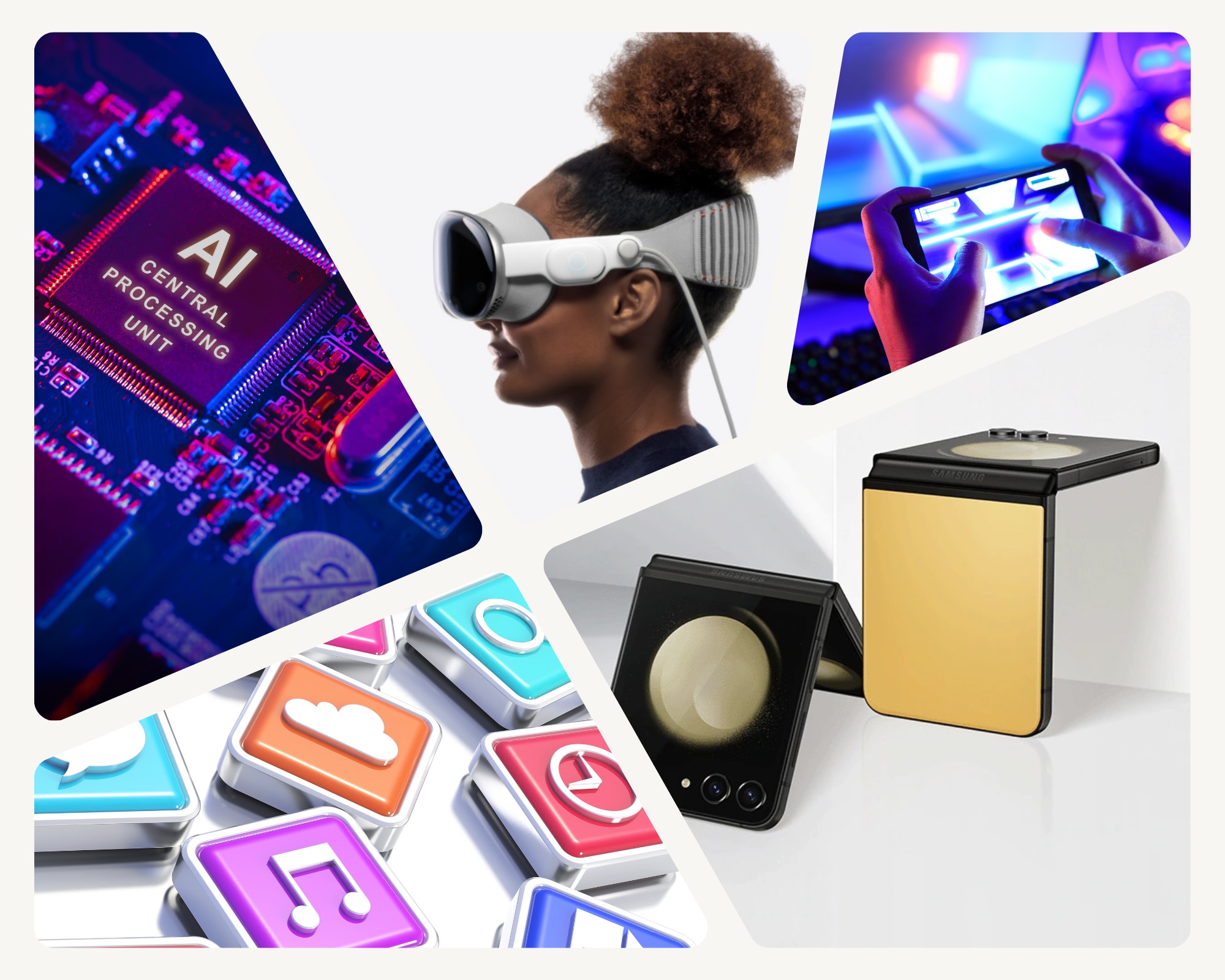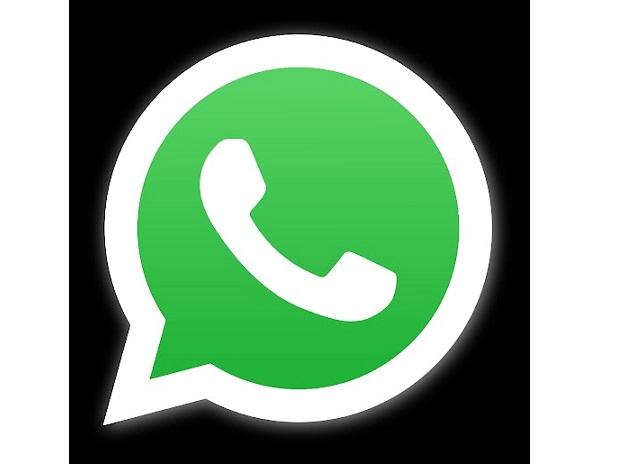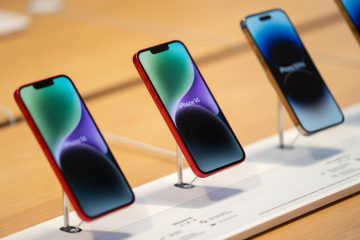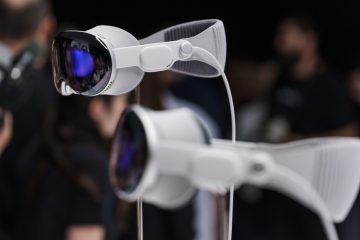Artificial Intelligence (AI) stands as the focal point of innovation, having commanded the spotlight throughout 2023 with projections pointing towards its sustained eminence in the upcoming year. Moreover, the smartphone landscape is poised for a transformative shift, with industry tracker Counterpoint’s report anticipating a pivotal year for GenAI smartphones in 2024. Here are the trends that would likely shape the consumer technology space in 2024.
On-device artificial intelligence
AI took centre stage in tech innovation in 2023 and is anticipated to maintain its prominence next year. Major technology firms, including Samsung and Apple, are poised to integrate AI into their devices, while chip manufacturers are paving the way for on-device AI implementation. It would not be surprising if AI continues to dominate discussions among Original Equipment Manufacturers (OEMs) in 2024.
In November, Samsung unveiled Gauss, its proprietary generative artificial intelligence model, at its annual AI Forum. The South Korean tech giant affirmed its intention to incorporate AI-powered features into upcoming smartphones. Earlier, Apple’s CEO, Tim Cook, acknowledged substantial investments in generative AI. Additionally, reports indicated that Jony Ive, Apple’s former Chief Product Design Officer, is collaborating with OpenAI to develop AI-powered hardware. However, the realisation of these anticipated AI-powered devices remains uncertain for the coming year.
According to a report from smartphone market tracker Counterpoint, 2024 is poised to be a pivotal year for GenAI smartphones, with market data suggesting a doubling of the market by the next year.
Console-like gaming on smartphones
Chipset manufacturers, including Qualcomm and MediaTek, have incorporated hardware-based ray-tracing engines into new chips. Consequently, upcoming smartphones are expected to exhibit similar capabilities for rendering graphics-intensive games previously confined to gaming consoles and PCs.
Last month, reports surfaced indicating Samsung’s collaboration with Qualcomm and AMD to develop FidelityFX Super Resolution (FSR) software for its Galaxy devices. FSR technology utilises upscaling and frame generation techniques to enhance frame rates, potentially enabling PC-grade gaming on Samsung’s forthcoming smartphones.
Mixed-reality headset
Apple is poised to launch its highly anticipated mixed reality headset, the Vision Pro, showcased at its developers conference in 23, by February next year. Another tech giant Google has reportedly resumed Project Iris, its augmented reality (AR) glasses, previously cancelled in June this year. There are also speculations that Apple might develop a more affordable version of the Apple Vision Pro headset to compete with existing players like Meta’s Quest lineup.
With technology giants such as Apple, Google, and Meta investing in this technology, mixed reality headsets may emerge as the next significant trend in consumer technology. This trend could potentially prompt other major players, such as Samsung, reportedly already exploring the technology, to enter the market.
Affordable foldable smartphones
While foldable smartphones have been in existence for some time, their premium price points have hindered their widespread adoption in the smartphone market.
In October this year, Chinese mobile phone maker Tecno launched the Phantom V Flip 5G foldable smartphone, priced at Rs 49,999. This marked the first instance of a foldable smartphone falling below the Rs 50,000 threshold. This trend is expected to persist into the next year as more brands enter the market, making the technology more accessible for OEMs.
Open ecosystems
Apple recently announced that iPhones will support RCS messaging starting next year. Multiple reports suggest that Apple may even permit sideloading apps on its devices without restricting app downloads solely to its App Store. Similarly, a recent US court ruling may lead Google to allow multiple app stores, apart from its own Play Store, on Android devices. With some of these changes poised to roll out next year, it could be the year when consumers begin to transition away from closed ecosystems of devices from a single brand.
Note:- (Not all news on the site expresses the point of view of the site, but we transmit this news automatically and translate it through programmatic technology on the site and not from a human editor. The content is auto-generated from a syndicated feed.))
)



